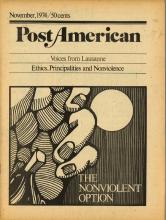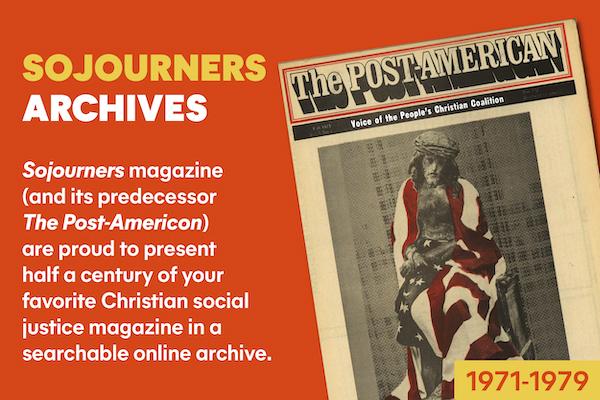This is the second of three essays on the “Christian radicalism” of early Oberlin College. The first essay sketched how attempts to suppress the anti-slavery activities of students at Lane Theological Seminary led to the “Lane Rebellion” in which most students withdrew and set up their own “free seminary.” These students, and their supporters on the board and faculty of Lane, eventually moved to Oberlin Colony, whose “radicalism” was focused more on issues of “lifestyle.” The confluence of these two traditions, both deeply under the influence of Revivalist Charles G. Finney, permitted the emergence of the distinctive “Christian radicalism” of pre-Civil War Oberlin College.
“Oberlinism” was a complex ideology. The college was first and foremost a “Christian College.” Finney insisted that Oberlin should “make the conversion of sinners and the sanctification of Christians the paramount work and subordinate to this all the educational operations.” College life was intensely religious with frequent periods of “revival.” Students and faculty alike regularly conducted “revival meetings” during vacation periods. Missions was a dominant concern. In 1836 the campus had six different missionary societies and in 1838 much of this missionary impulse began to focus on the American Indians.
Read the Full Article
To continue reading this article — and get full access to all our magazine content — subscribe now for as little as $4.95. Your subscription helps sustain our nonprofit journalism and allows us to pay authors for their terrific work! Thank you for your support.
Already a subscriber?
Login

